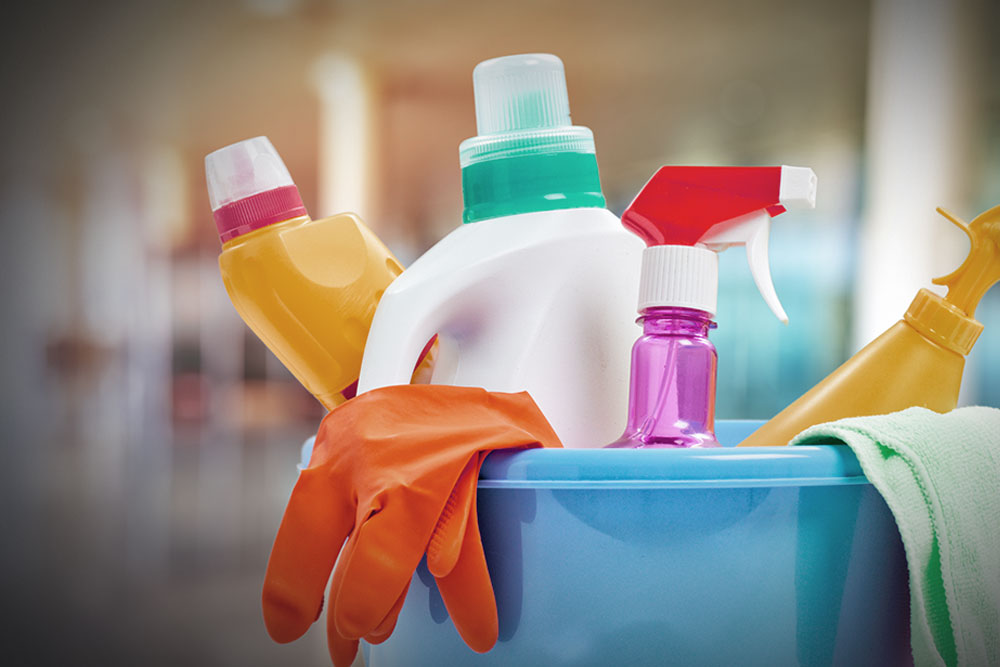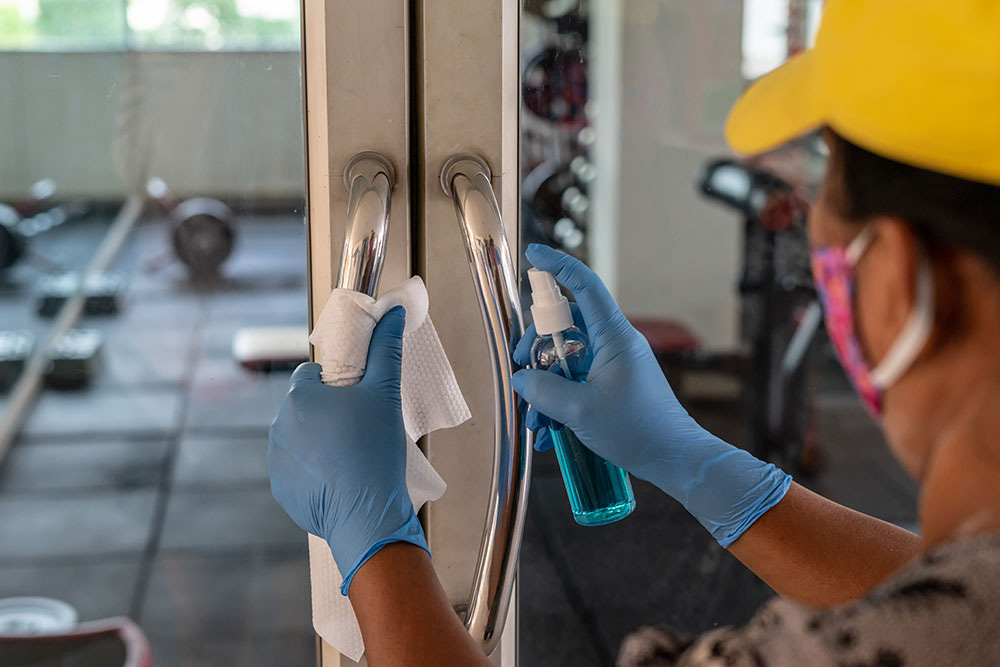
Regarding Executive Order 192 – Requirements for Association’s In-Person Workforce
On October 28th, 2020 Governor Murphy issued Executive Order 192 (2020) (the “Order”), setting forth requirements every business, non-profit, and governmental or educational entity in the State must follow if they require or permit the workforce to be physically present at a worksite. These requirements are intended to aid the protection of employees, residents, and others who may come into contact with the workforce. Since most community associations are created as non-profit corporations, this Order would directly affect them, as well as cooperatives that are created as general corporations of the state. Much of what is in the Order is simply good practices in connection with Covid-19 prevention and boards would be wise to ensure all the requirements are met.
Associations that require a physically on-site work force must abide by the following requirements:
- Maintain six feet of distance (to the maximum extent possible).
- Six feet must be maintained between individuals at all possible times including in the restrooms, breakrooms, and when entering or exiting the workplace;
- Require the wearing of masks (cloth or disposable face masks) when residents, guests, visitors, third-party contractors, employees, etc. enter the building or are outside of their units but in their building.
- Residents, especially in mid to high rise buildings must wear masks when travelling through indoor common elements, such as community hallways.
- Where an outside contractor or outsourcing company is involved, be sure to have a clear understanding that they must provide the required masks to their employees;
- Provide sanitization materials and breaks to ensure hand-washing occurs at regular intervals.
- Association’s utilizing third-party contractors should make sure the contractors are providing the materials to their employees, and ensure proper breaks are being taken.
- Association’s must ensure that their own employees have ample amounts of sanitization materials and are enabled to take regular hand-washing breaks;
- Routinely clean and disinfect all high touch areas.
- An association has a duty to ensure any high-touch areas are cleaned and disinfected frequently in accordance with the current Department of Health (“DOH”) and Centers for Disease Control and Prevention (“CDC”) standards;
- Perform daily health checks. Associations should verify that they and any third-party contractor is conducting daily health checks.
- Prior to each and every shift, a health check must be administered. This consists of a temperature screening, visual symptom check, self-assessment checklist/health questionnaire (consistent with the latest CDC guidance);
- Immediately send home employees with visible illness. The Association and any third-party contractors, including outsourcing companies, must send home any employees showing signs of Covid-19 illness. Any contractor an association is dealing with should have a policy in place to deal with these situations. Regardless of policy, employees showing signs of illness must depart from an association to protect residents and other employees from exposure;
- Notify employees of possible exposure to COVID-19 at the worksite. This should be a joint responsibility between the Association and any third-party contractors. If the known exposure is from another employee of the contractor’s company, that responsibility falls on the contractor. If, though, the association becomes aware that a resident tested positive, it must notify any employees that could have had a possible exposure. The association cannot identify the person who is ill or tested positive for Covid-19, but it must advise the employee of the exposure so they can get tested. The same is required of any contractor.
We encourage associations that utilize outsourcing companies to establish a written policy concerning each party’s responsibility.
Many associations have resumed more typical operations within their communities, whether that be construction projects, the opening of certain facilities, or some degree of community engagements. Boards must also be vigilant on any future guidelines or directives issued by DOH, the CDC, and the Occupational Safety and Health Administration, for maintaining a proper work environment. In order to facilitate smooth operations amidst this Covid-19 pandemic, boards should carefully review all these requirements and reach out to their legal counsel for further guidance.
The full Order can be accessed at:




